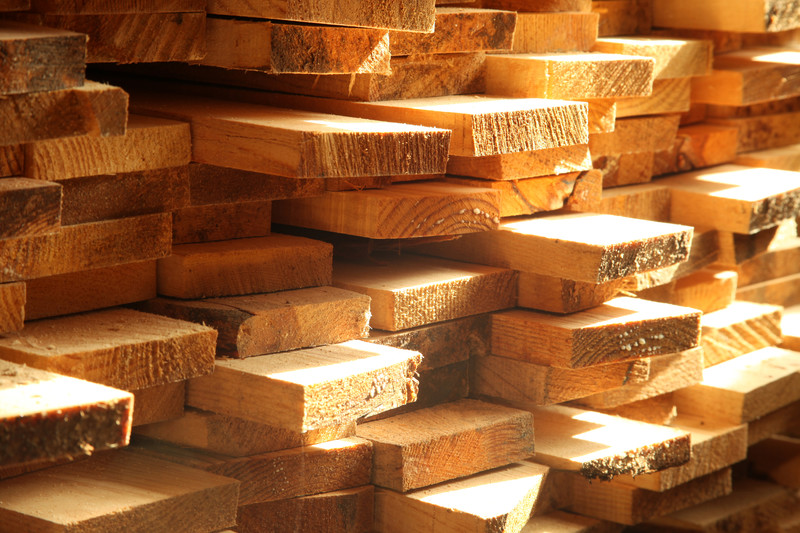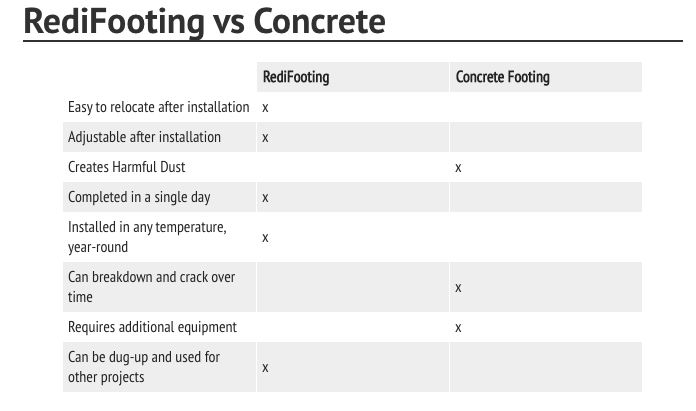When building a deck, one crucial factor to consider is the frost depth requirement for footings. Frost depth is the distance below ground that soil is expected to freeze in winter. Proper footing depth helps prevent frost heave, which can damage or destabilize your deck. While specific requirements vary by location and can change, this article provides a general overview of frost depth considerations across the United States.
Why Frost Depths Are Important:
Understanding and adhering to frost depth requirements is critical for several reasons:
1. Structural Stability: When water in soil freezes, it expands, causing the ground to heave upwards. If deck footings aren’t placed below the frost line, this heaving can lift and shift the footings, potentially destabilizing the entire deck structure.
2. Preventing Damage: Frost heave can cause cracking in concrete footings, misalignment of support posts, and warping of the deck surface. By placing footings below the frost line, you protect them from these damaging freeze-thaw cycles.
3. Longevity: Properly installed footings that account for frost depth will significantly extend the life of your deck, reducing the need for costly repairs or premature replacement.
4. Safety: A deck that shifts due to frost heave can become unsafe, potentially leading to collapse or injury.
5. Code Compliance: Building codes specify minimum footing depths based on local frost depths. Adhering to these requirements is necessary for passing inspections and ensuring your deck is legally constructed.
6. Resale Value: A properly constructed deck that accounts for frost depth will maintain its value and be an asset when selling your home.
Frost Depth Zones:
The continental United States can be broadly divided into several frost depth zones:
1. No Frost (0 inches): Parts of Florida, southern Texas, and coastal areas of other southern states.
2. Light Frost (0-20 inches): Most of the southern states and coastal areas.
3. Moderate Frost (20-40 inches): Much of the central and eastern United States.
4. Deep Frost (40-60 inches): Northern states and higher elevations.
5. Very Deep Frost (60+ inches): Parts of Alaska and high mountain regions.
General Frost Depth Guidelines by Region:
Southern States:
In states like Florida, Louisiana, and parts of Texas, frost is rarely an issue. Footings typically need to be only 12 inches deep or less, mainly for stability rather than frost protection.
Southeastern and South Central States:
States like Georgia, Alabama, Mississippi, and Arkansas generally require footings to be 12-24 inches deep, depending on local conditions.
Mid-Atlantic and Central States:
In states such as Virginia, Kentucky, Missouri, and Kansas, frost depths typically range from 24-36 inches.
Northeastern States:
New England states and New York often require footings to be 48-60 inches deep due to severe winter conditions.
Midwestern States:
States like Illinois, Indiana, Ohio, and Michigan generally require depths of 36-48 inches, with northern areas potentially requiring deeper footings.
Northern States:
Minnesota, Wisconsin, and the Dakotas often require footings to be 60 inches deep or more in some areas.
Western States:
Requirements vary widely due to diverse climates and elevations. Coastal areas may have minimal frost depth requirements, while mountainous regions may require very deep footings.
Alaska:
Frost depths can exceed 100 inches in some areas, requiring specialized construction techniques.
Important Considerations:
1. Local Variations: Always check with your local building department for specific requirements, as they can vary significantly within a state.
2. Climate Change: Some areas are updating their frost depth requirements due to changing climate patterns.
3. Soil Type: The type of soil can affect how deep footings need to be.
4. Building Codes: Many areas base their requirements on the International Residential Code (IRC), but local amendments are common.
5. Professional Consultation: For complex projects or uncertain conditions, consult with a local structural engineer or architect.
Understanding frost depth requirements is crucial for building a safe, stable, and long-lasting deck. The depth of your deck footings directly impacts the structural integrity and longevity of your deck, making it a critical consideration in the planning and construction process. While this article provides a general overview of frost depth requirements across the United States, it’s important to remember that local regulations always take precedence. Before starting any deck project, consult your local building department for the most up-to-date and area-specific requirements. By properly accounting for frost depth, you ensure that your deck will stand strong for years to come, resisting the challenges posed by freezing temperatures and changing seasons.
Where to find more detailed information about frost depth in your region:
- State and local building code websites: Many states and municipalities publish their building codes online, which often include frost depth requirements.
- University extension services: Many land-grant universities have cooperative extension services that provide local building and gardening information, including frost depth data.
- NOAA (National Oceanic and Atmospheric Administration): They provide climate data that can be useful in determining frost depths.
- Local building departments: Contacting these directly can provide the most accurate and current information for a specific area.
- Professional associations: Organizations like the American Society of Civil Engineers (ASCE) or the International Code Council (ICC) may have resources or publications on frost depth requirements.
- FEMA Frost Depth Map: While not always current, this can provide a general overview.



